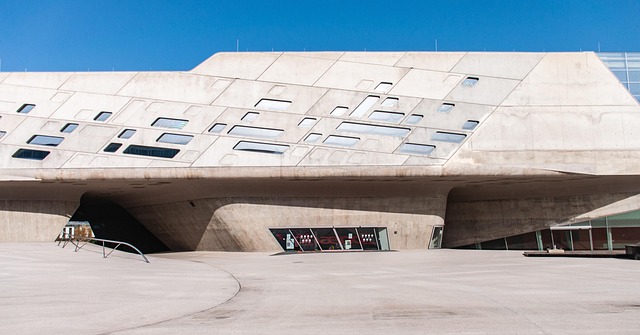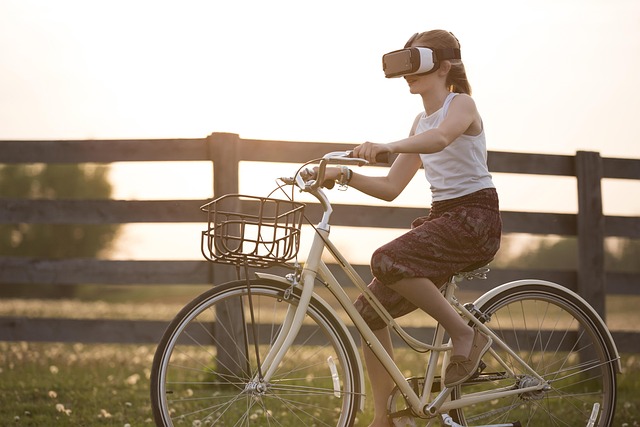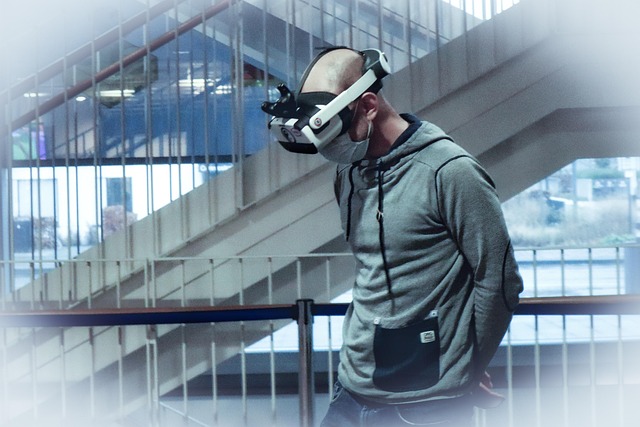Imagine stepping into a building that breathes with you, where walls respond to your touch, and spaces shift according to your mood. This isn’t a scene from a futuristic movie — it’s the evolving reality shaped by interactive architecture. In the realm of design, interaction is no longer confined to gadgets or screens; it now pulses through the very structures we inhabit.
At its core, interactive architecture transforms passive environments into dynamic partners in our daily experiences. These spaces sense, react, and adapt, creating a dialogue between human presence and physical surroundings. Think about a museum gallery where light and sound alter as you move through exhibits, or a public square where installations morph to reflect the energy of the crowd.
The magic lies in how these spaces make us feel—integrated rather than isolated. Instead of mere observers, we become participants, engaging our senses in novel ways. This shift opens doors to creativity and connection, inviting us to explore architectural forms as living entities that respond emotionally and functionally.
Interactive architecture challenges us to rethink the boundaries of design and technology. It blurs the lines between art, engineering, and user experience, making every interaction a unique moment. When architecture listens and reacts, it fosters environments that are inclusive, empathetic, and deeply personal.
This fusion of interaction and space invites us not just to see or use architecture, but to feel it — weaving human stories into the very fabric of our surroundings. As we continue to imagine these engaging spaces, we uncover new ways for architecture to resonate with the rhythms of life, creating moments that linger long after we leave.




